You once said in an interview that before moving to Toronto, you struggled to bring dance projects to this city because “it was difficult to find dance presenters who would be willing to take significant risks.” What were those risks?
That’s true. There was a project I wanted to bring from France. I had a date in Montreal. I had a date in Ottawa with the National Arts Centre. I needed another date and was hoping Toronto would be it. But some of these big projects struggled to come to Toronto because of a lack of large-scale dance presenting organizations and festivals. And in a way, it was out of frustration that I proposed a Fall for Dance kind of project for Toronto. I said to Mark Hammond [a Toronto presenter], “Let’s build something new for Toronto. Maybe we can change things a bit.” In a way, my frustration over not getting a booking in Toronto opened up the conversation for Fall for Dance North.
What was the project?
Ballet Preljocaj’s “Snow White.” An expensive production with costumes by Jean Paul Gaultier. I toured that two or three times to twelve different North American cities, but never Toronto. That was the kind of level of dance that I was trying to bring that was rarely happening in Toronto.
As a dance producer and leader, what are three words that best describe your approach?
Curiosity, passion, persistence.
In an episode of the festival podcast Mambo, one of your guests is the executive director of Cultural Pluralism in the Arts Movement Ontario (CPAMO), Charles Smith, with whom FFDN partnered on equity, diversity, and inclusion [EDI, known in the United States as DEI].
Can you talk a bit about EDI and where the organization is today?
We have a mandate to create a festival that is very affordable. In the first year, it was ten dollars a seat. Then we continued with fifteen dollars. We still work very hard to keep our festival as affordable as possible. That’s very important in breaking economic barriers to attend this level of live performance.
We also need certain tools to expand our relationships, to make sure that we were going to places and to communities that maybe we were not thinking about, where some of our next board members will come from in the future.
Working with Charles and CPAMO helped us to ask the right questions. They did a comprehensive audit of our EDI approach. They interviewed the staff and board members and did a field survey in the community. We basically ended up with six action items that have helped us to expand our partnerships and talk to organizations that we haven’t talked to yet. We are now reaching out to artists in the community so that we can bring more voices into our programming and decision-making. The work is never perfect. Never complete. We want to design a work culture and approach that is future-looking and allows different perspectives and voices to help guide where the festival should go.
Fall for Dance North's annual festival returns Sep 26 - Oct 7, 2023 with a diverse lineup of local and international artists in venues across Toronto. More information and tickets on sale now atffdnorth.co


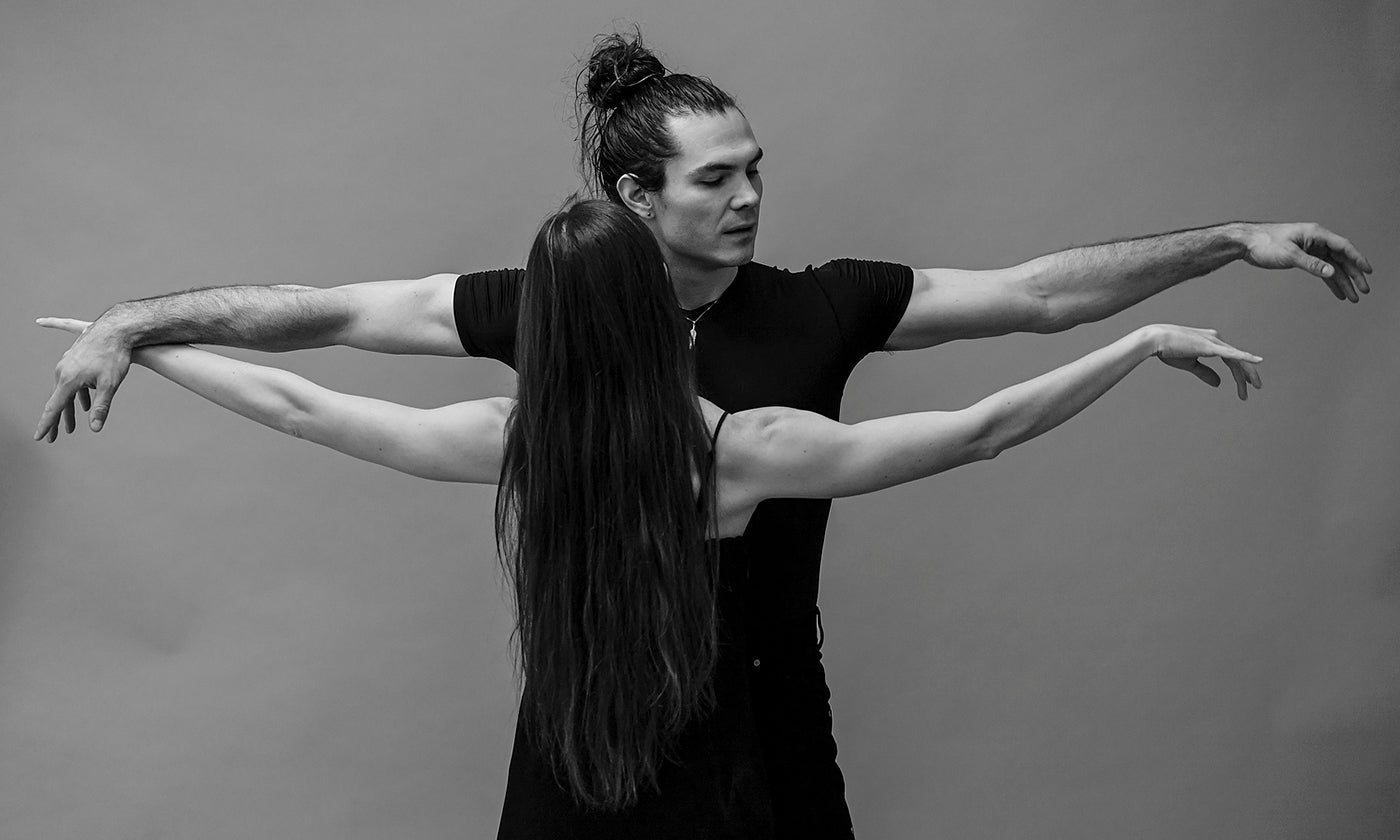
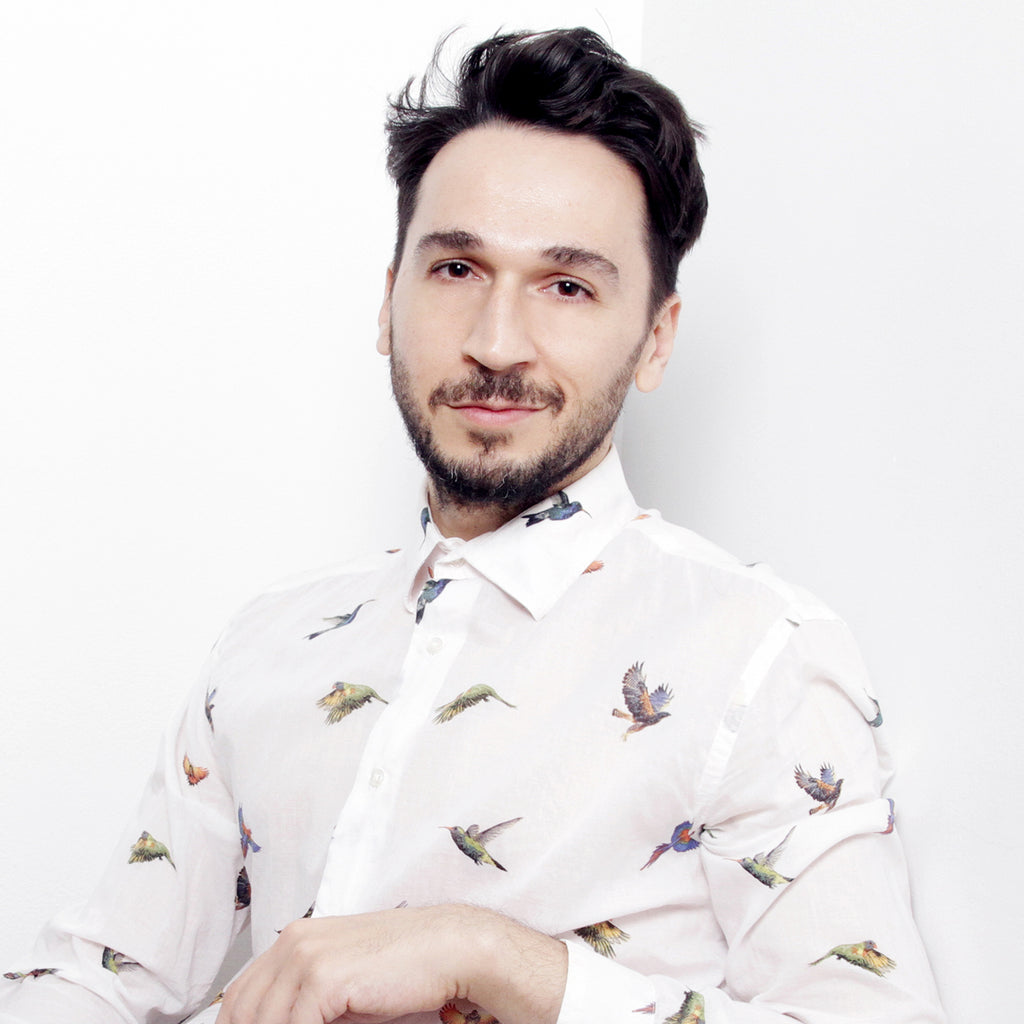
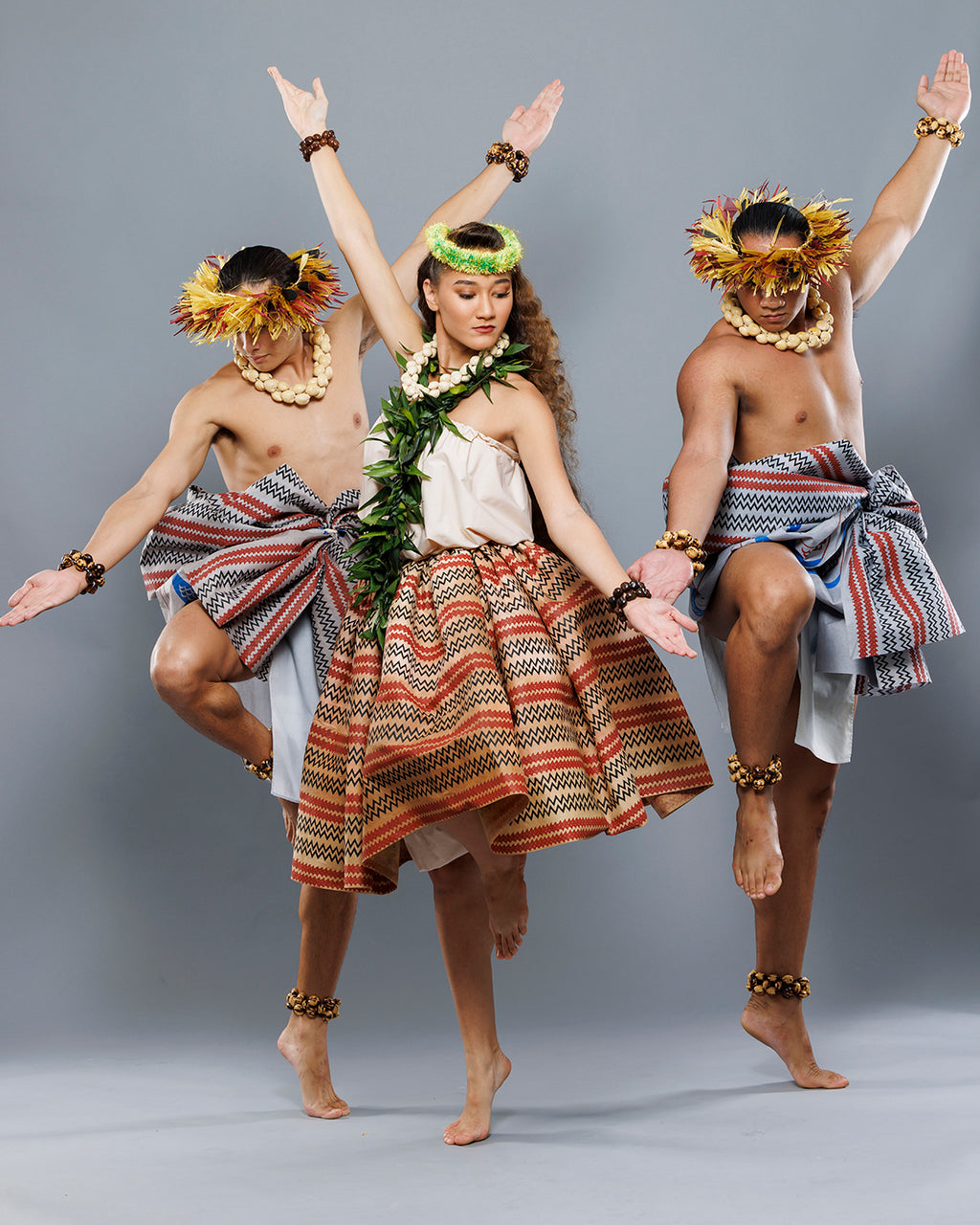
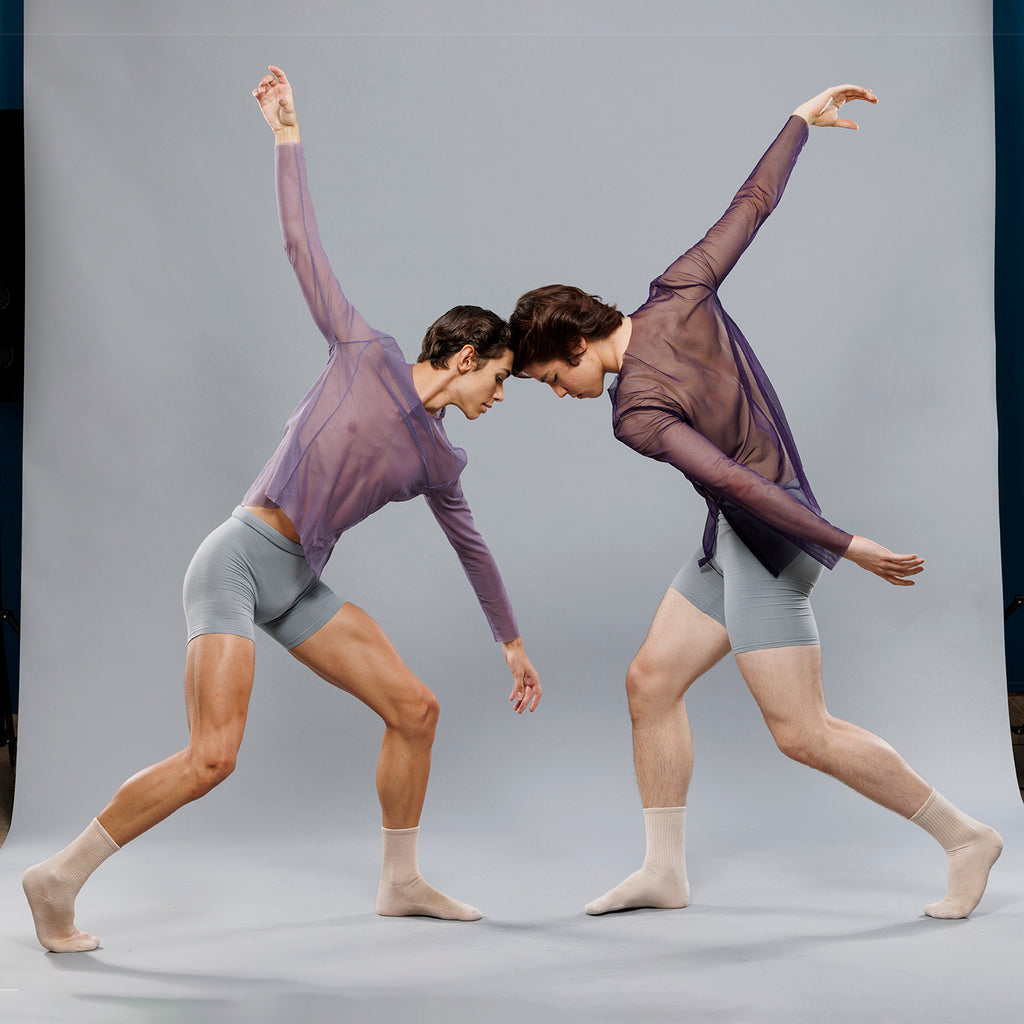
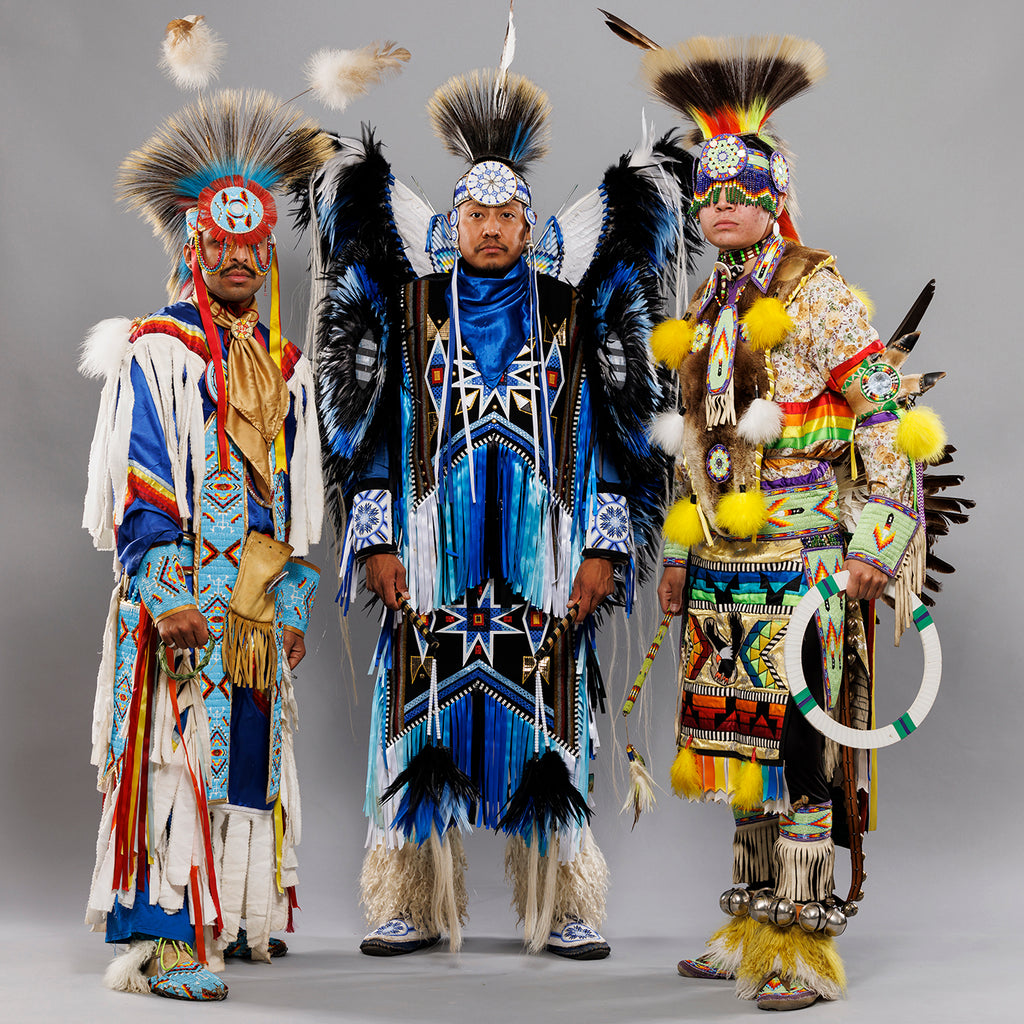
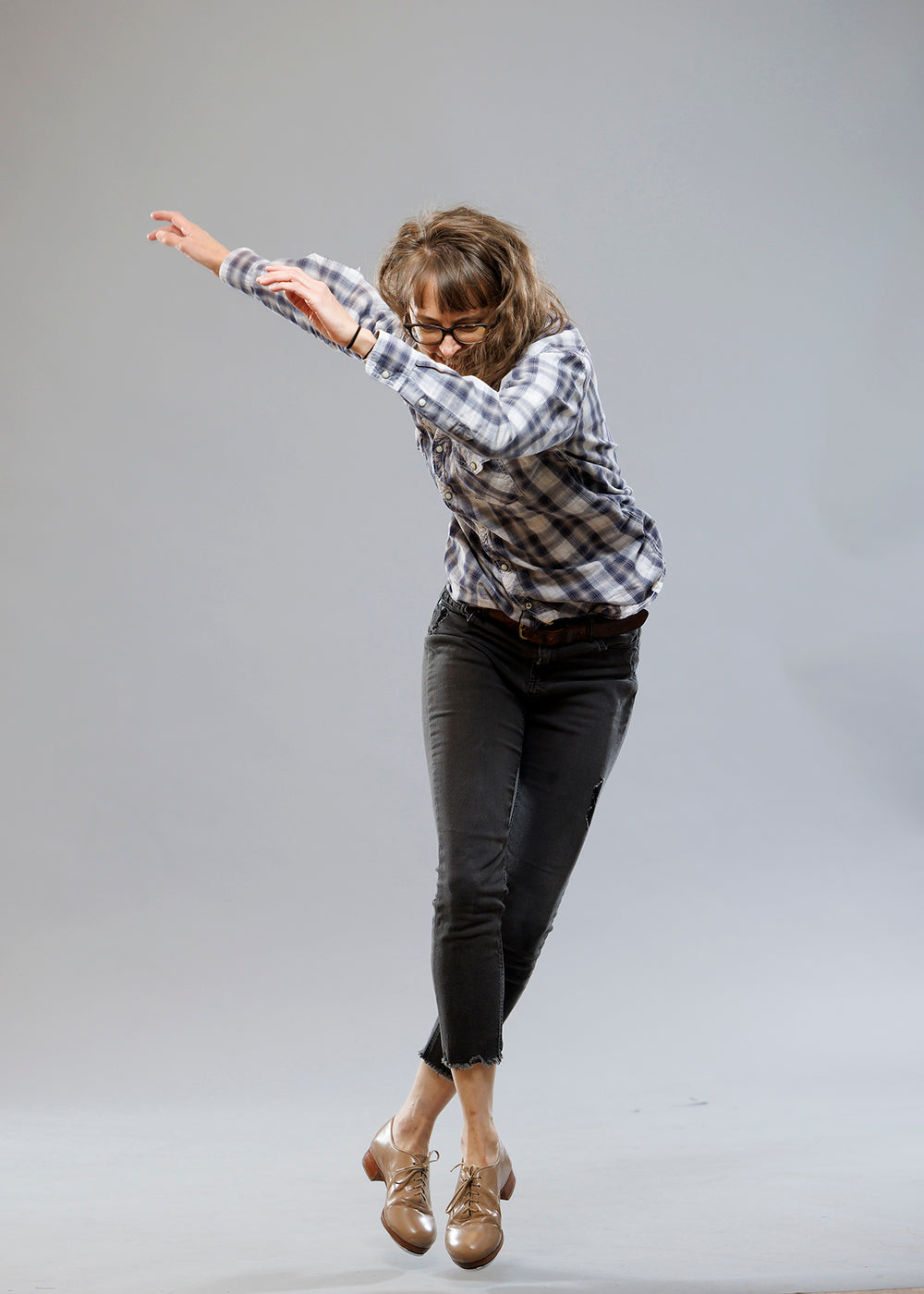




comments